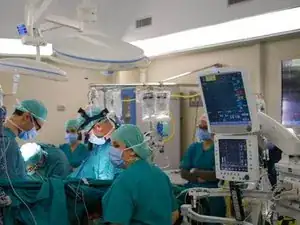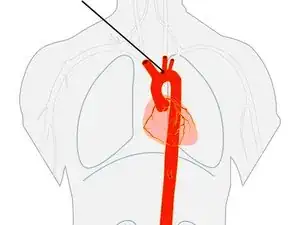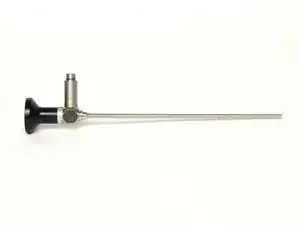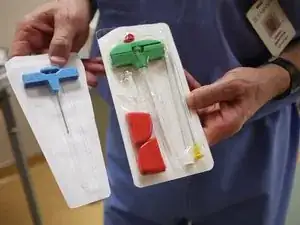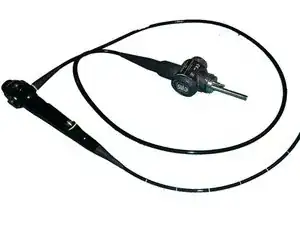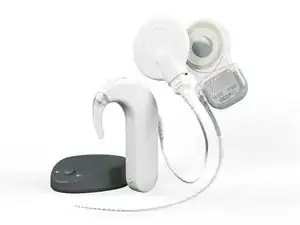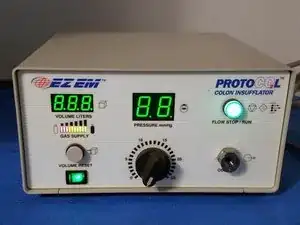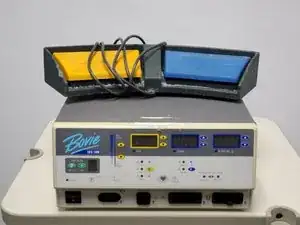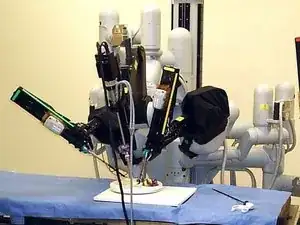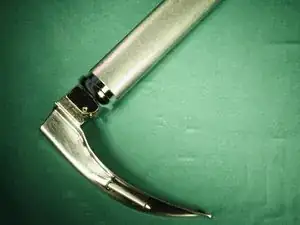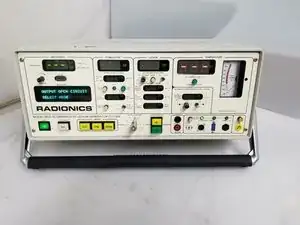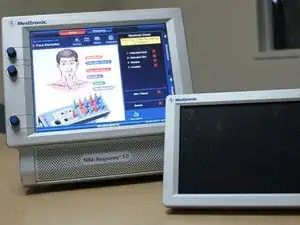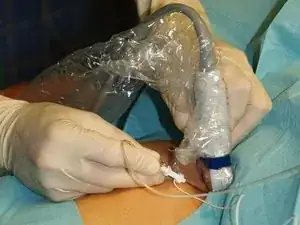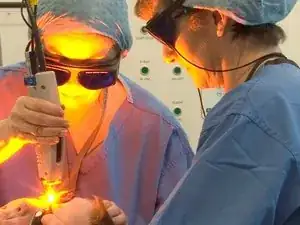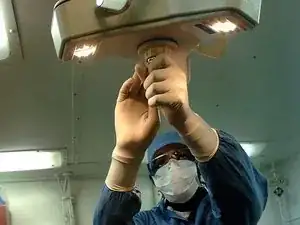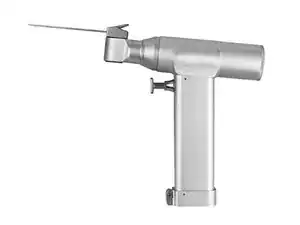Background and Identification
Surgical equipment pertains to any of the instrumentation, monitoring devices, or assistive equipment used by healthcare professionals during surgery. This includes devices like surgical power tools, operating tables, surgical displays, surgical lasers, surgical microscopes, etc.
The first surgical equipment originates with the first surgical procedures. Although it can never be known for certain, it is estimated that the first surgeries occurred in India around 600 BC. These early surgeries were performed by a man named Sushruta and, by today’s classification, were plastic surgeries. Other early surgical practices included trepanation, setting fractured bones, and bloodletting.
Surgical equipment today is still a rapidly growing field. Modern advances seek to streamline medical procedures, reducing the likelihood of negative outcomes and furthering what is possible to treat. Specifically, the forefront of medical technology includes the implementation of robotics. For instance, robotic-assisted surgery systems, like da Vinci systems from Intuitive Surgical, aim to make surgery less invasive and less risky. Robotic-assisted surgery allows surgeons to be more precise and flexible than standard methods, potentially enabling medical professionals to invent surgical procedures that have never been possible before.
Surgical equipment refers to any device or object used for a surgical procedure. Surgical equipment is sometimes similar to clinical equipment, but surgical equipment is specifically for use in an operating room setting.

